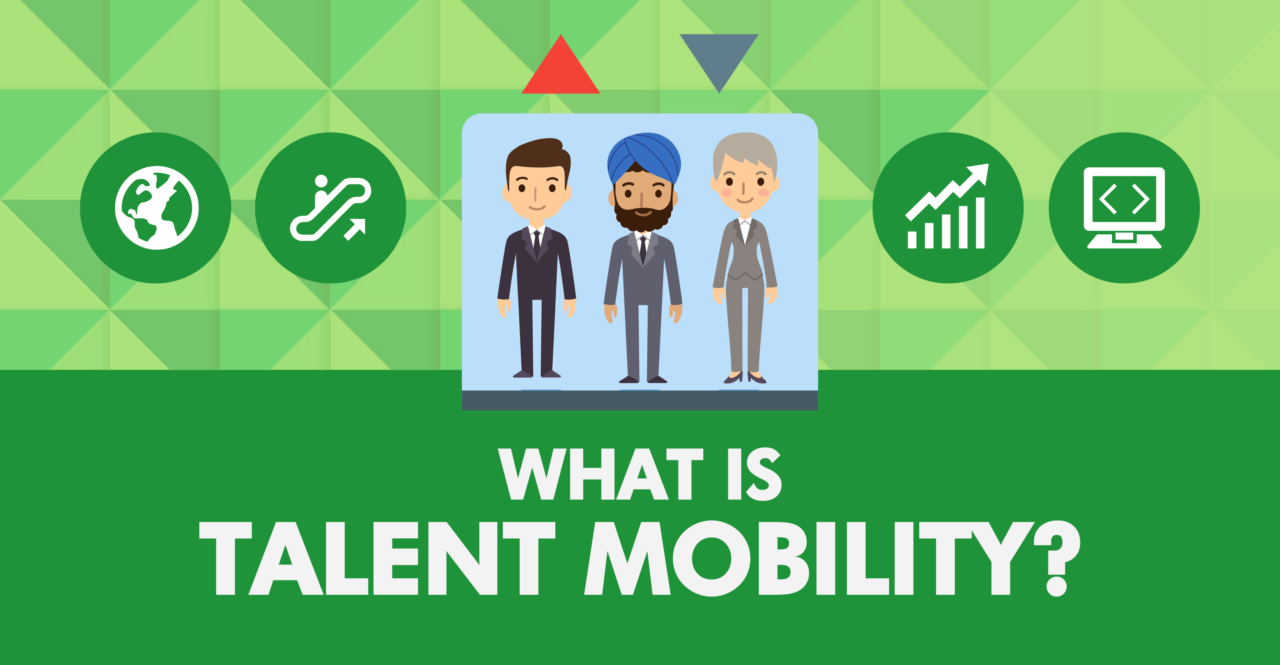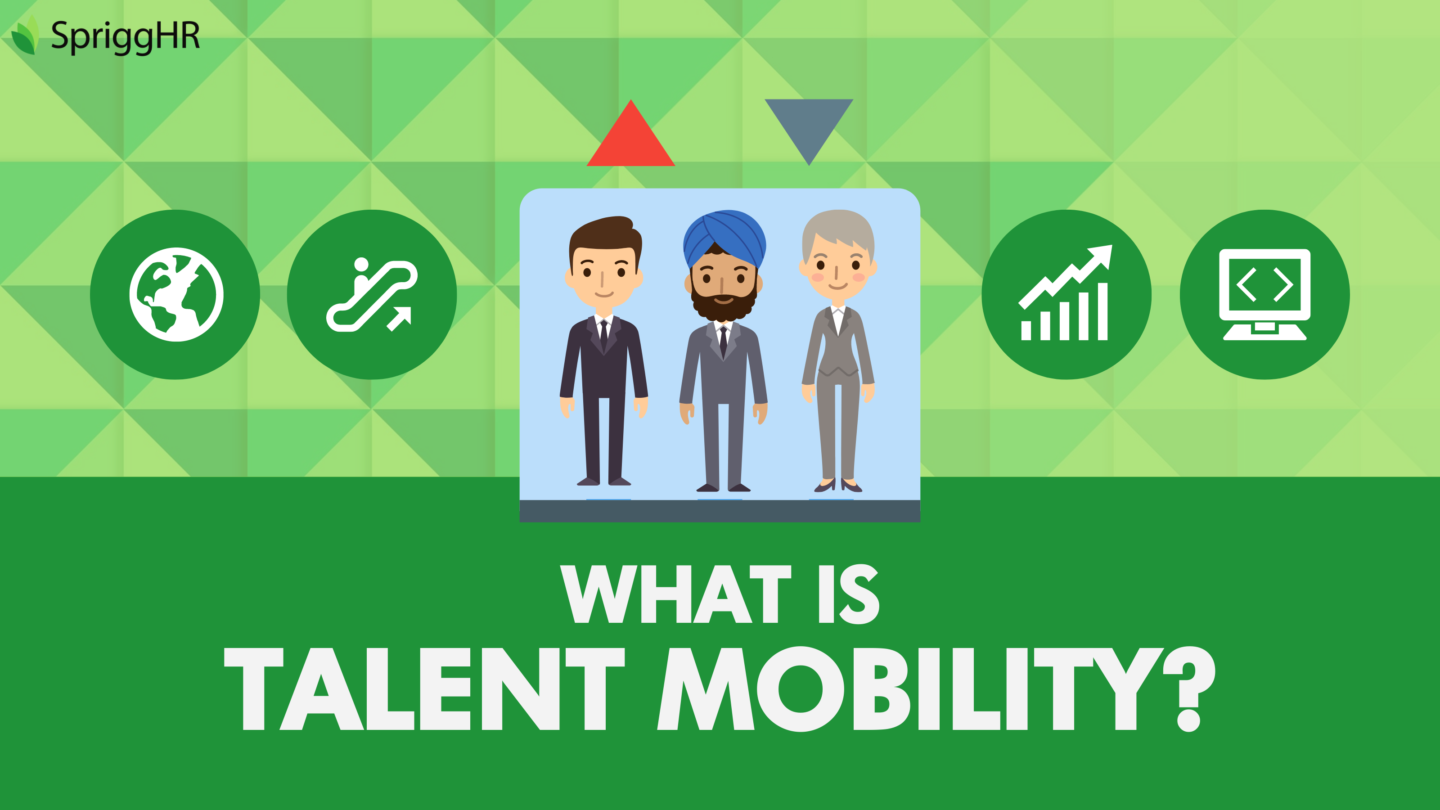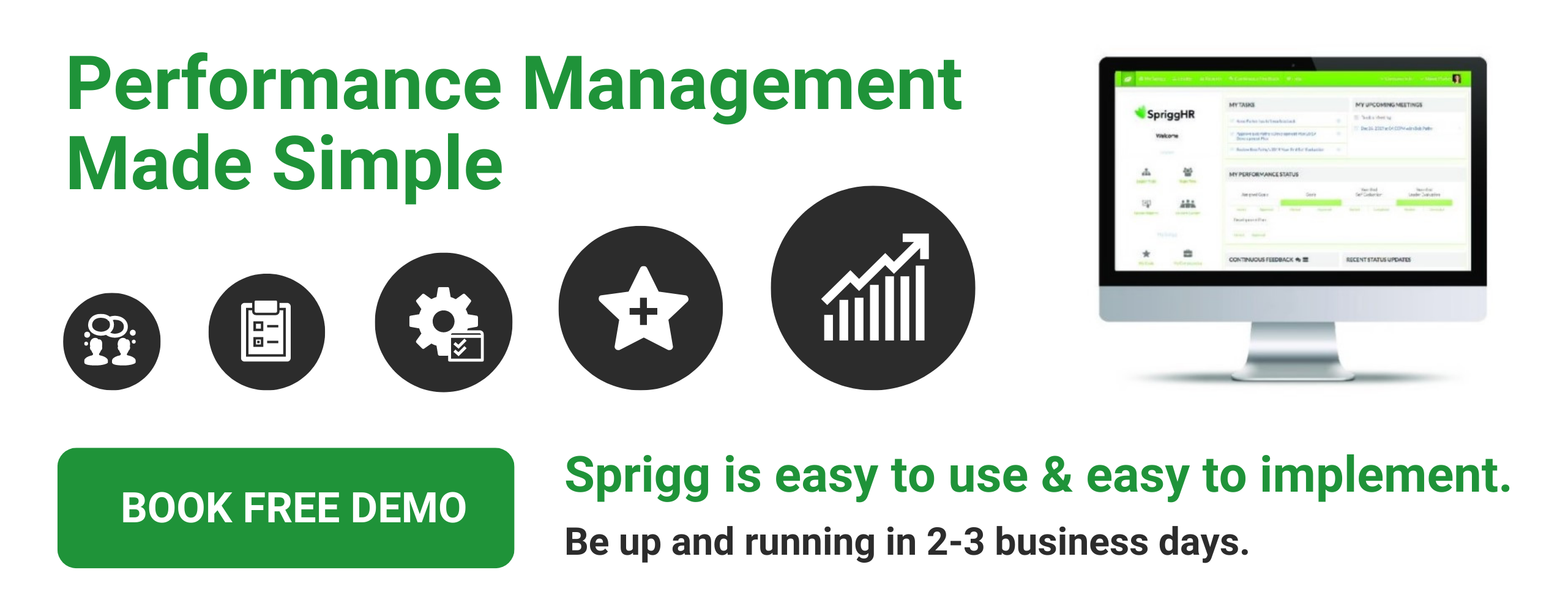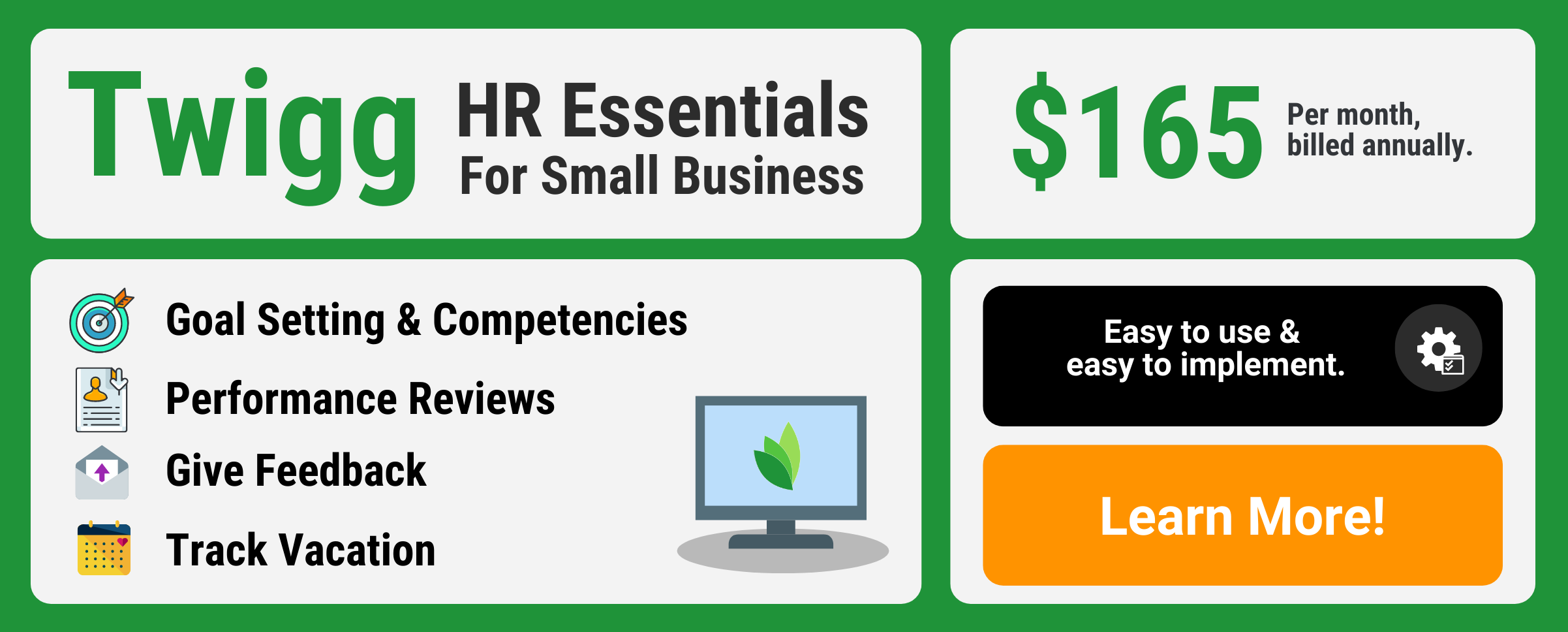
What is Talent Mobility?
An agile and flexible workforce is the key to success in today’s fast-paced global economy. Now more than ever, organizations need strong, capable team members to achieve their objectives and overcome the obstacles many businesses are facing in our current times. But, developing a strong team goes beyond efforts to hire the best of the best. Talent mobility plays a large role as well.
What is Talent Mobility?
If you want your organization to truly succeed, you must be able to leverage and mobilize existing talent into new roles, departments, or offices. This is what enables companies to quickly meet changing market needs, increase efficiencies, unlock talent potential, and strengthen their workforce.
To be able to rapidly adapt to the ever-changing global economy, Human Resources departments need to shift resources and quickly meet these changing business needs. This can only be done when they have a deep and thorough understanding of internal talent pipelines, as well as external talent networks. When they possess this knowledge, they can leverage and mobilize the key skills anywhere across the business, or around the world, at any time.
In short, talent mobility can be leveraged to bring about success in your business when you have the right people, with the right skills, in the right place, at the right time. It is critical to your organization’s ability to dynamically develop and align your current and future workforce to strategic, market-specific business needs.
Talent mobility goes beyond geographic location. Though it encompasses cross-border shifts, assignments, secondments, and promotions, it is essentially focused on transitioning skills across business functions and teams. Especially now, when workforces are almost entirely displaced and separated due to social distancing measures, recognizing its use for the movement of skills rather than individuals is critical.
Talent mobility aims to help organizations as a whole increase efficiencies and future-proof their talent. It runs deeper than the internal movement of employees, including external talent networks, as well as non-traditional and more modern work arrangements such as freelancers and virtual workers.
Responding to a Globalized World
In today’s business world, remaining competitive no longer exclusively hinges on developing a healthy legacy or a well-known branding system. It relies heavily upon the ability to stay agile enough to respond to industry changes and market disruptions as they occur. Now more than ever, industries are facing unprecedented circumstances, and are having to quickly adapt to navigate and overcome the obstacles and challenges that are arising from the global situation.
Agility, adaptability, and swift, efficient problem-solving are all critical skills needed to work successfully in a business today, and talent mobility leverages each of these skills. It’s about having the right talent on hand at all times to meet organizational goals as opportunities present themselves. Talent mobility enables companies to rapidly adapt to changing market environments. It provides organizations the ability to deploy and transition key skills to success across projects, the business, and borders.
Establishing a Mobile Workforce
HR looks to play a critical role in building a mobile workforce comprised of the right people, with the right skills, in the right place, at the right time. But where do you begin?
The first step should always be to identify the specific key skills the organization needs to thrive and adapt. To improve skill gap visibility, HR professionals can try asking themselves the following questions:
- What skills are critical to our future success?
- Do we have visibility into the skills that currently exist in our talent pool? (skills inventory)
- What are the current skill gaps, and how can we close them?
- What should we look for in new hires?
- What are the development and career aspirations of our potential talent?
Once the following parameters of understanding have been set, it becomes easier to recognize the strength and skill gaps present in your organization. Only then can you proactively build the workforce of the future.
Moving Beyond Traditional Succession Planning
Along the same vein, modernized succession management is a central pillar to any strong talent mobility strategy. Talent mobility is critical to your company’s ability to dynamically develop and align not just your future workforce, but current workforce as well, to strategic business needs.
Future organizational capability and strength is solidified through leadership development in your existing workforce, and a learning system curated to develop a skilled, educated, and adaptable workforce. In order to strategically move existing employees from role to role at any level of the business to meet company goals, you need to possess intelligence and visibility into current and future skill gaps.
Drawing on the same questions listed above, you can work to identify the existing gaps in your organization and develop a plan to resolve them to establish a strong succession pipeline. Frameworks and practices to move existing talent and close skill gaps is a requirement to any organization’s success. This encompasses processes of promotion or moving current employees, but also includes acquiring new talent.
Strategic Sourcing
Visibility across an entire talent pool, including current employees, former employees, contractors, freelancers, virtual workers, and even past and potential applicants, can be a difficult thing to achieve in an organization. As newer models of work continue to develop and evolve, the ability to strategically source both permanent and short-term talent becomes increasingly important.
Talent acquisition strategies that work to develop internal and external talent pipelines allow for skilled talent to be quickly identified and mobilized. Recruitment strategies that go beyond skill-set based acquisition and experience are key. Your sourcing strategy should aim to encompass these standard attributes, but also include employee attitude itself – willingness to challenge the status quo, comfort with ambiguity and rapidly adjusting business needs, creativity, and a flexible, solution-based mindset. Talent pools should encompass both internal and external talent, and in turn, you should aim to develop pipelines of talent for all forms of work that exist in your business.
Creating Clear Pathways for All: Building Mobility with Internal and External Talent
Flexible talent mobility planning allows for HR professionals to proactively and strategically move people from role to role at any level of the business to meet organization goals. There are several strategies you can employ to foster strong talent mobility, including:
- Cultivating clear internal and external talent pipelines
- Establishing visible career paths and succession plans for all types of employees
- Developing existing employees through strong learning and skill-development programs
- Encouraging and supporting cross-functional projects, secondments, and rotations
- Removing internal barriers between organizational teams
Building on the foundations of workforce planning, talent mobility digs deeper, focusing on continuously driving employee engagement and retention. Shift from treating employees as ‘assets’, to developing engagement and retention strategies that keep employees motivated and prepared for succession. Aim to focus on development and career opportunities and implement ongoing learning and continuous feedback systems. Your ability to create an adaptable workforce hinges on your effort to move beyond the traditional linear career progression mindset, forging visibility for career growth opportunities for all types of employees.
In Summary
Being flexible and agile in today’s fast-paced and rapidly changing global economy is about more than just having an open-plan office and interactive team meetings. Especially today, when companies everywhere are facing unprecedented situations and challenges due to the global situation, organizations need to be able to leverage new technology, external talent funnels, and internal talent pipelines in order to continue to succeed.
Adopting a talent mobility strategy provides your organization with a clear competitive advantage. It helps increase productivity and engagement and enables you to mobilize your people, providing mutual benefit. The real power of talent mobility lies in its opportunity to enable the development of clear career paths for all employees, driving engagement and building future workforce capability and resilience.






